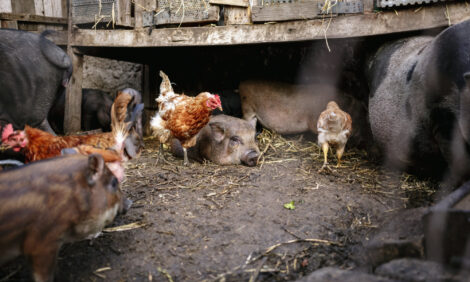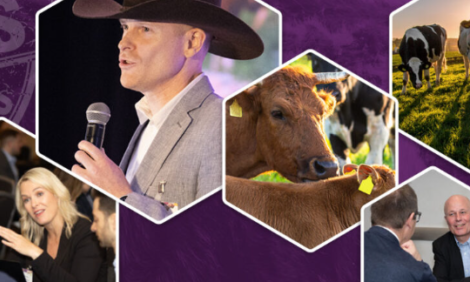



Canadian Cattle Herd Face Difficult Times
CANADA - After seven years of declining cattle numbers, the Canadian cattle herd as at 1 July 2012 eased another 0.1 per cent year-on-year, to 13.52 million head.
The Canadian cattle industry has experienced significant shifts over the past decade, attributed to increased feed costs, the BSE outbreak and resulting disruption to trade, the cow herd liquidation and the rapid increase in the Canadian currency. As at 1 July 2012, national cattle inventories in Canada fell 2.1 million head over the past five-years.
Although cattle inventories remained low in July, beef cow inventories were stable compared with July 2011, at 3.96 million head, as improved pasture conditions over the past 12 months allowed Canadian producers to retain females for expansion. The beef cow inventories, however, remained 11% below the five-year average.
Also a positive driver for the Canadian medium term inventory outlook is the number of heifers for beef cow replacement, rising 3.5 per cent year-on-year, to 662,200 head, despite a 3.5 per cent smaller calf crop in 2011.
The number of cattle in Canadian cow calf operations has also increased from July last year by one per cent to 7.45 million head, indicating a possible slight herd expansion in 2013. Cattle in feeder and stocker operations have also increased three per cent from July 2011 to 2.6 million head.
These two increases have, however, been offset by a 10 per cent decline in the number of cattle in feeder operations, down to 1.5 million head. This reduction is due largely to the overall lower calf crop, soaring grain prices impacted by the US drought and a strong Canadian dollar.
While anecdotal evidence suggests the Canadian cattle herd rebuilding is currently underway, the industry will continue to facing several hurdles, including the diminished breeding herd, the relatively strong currency against the US$, and the feed grain spike in the short term, particularly with the closing of the summer pasture growing months.
TheCattleSite News Desk


